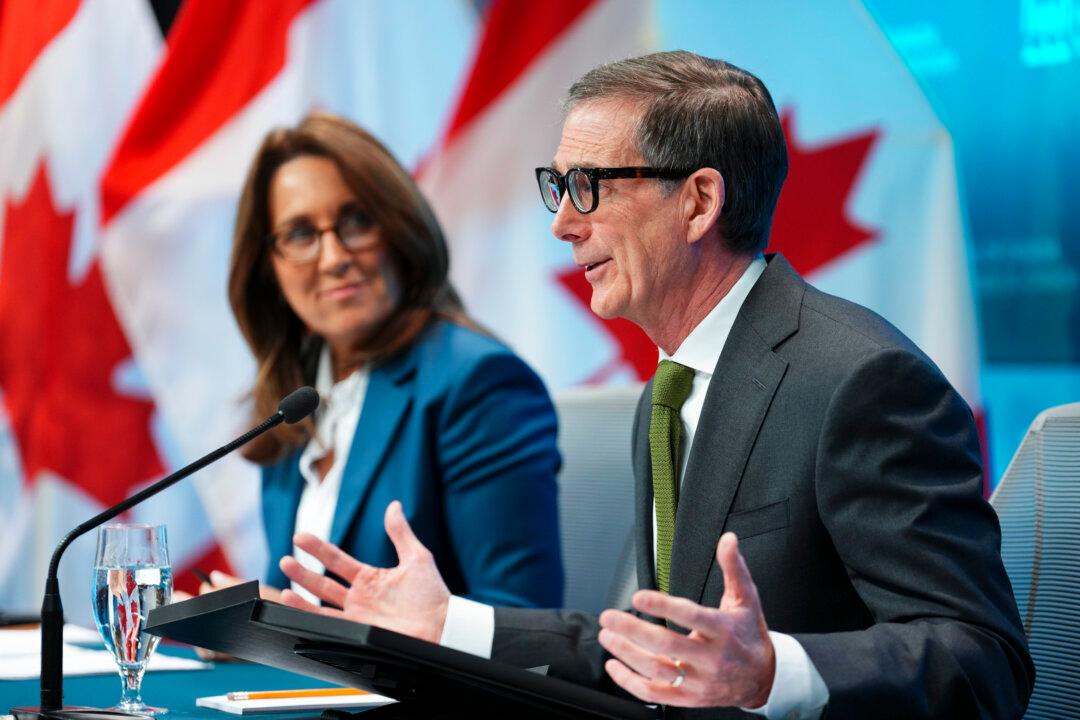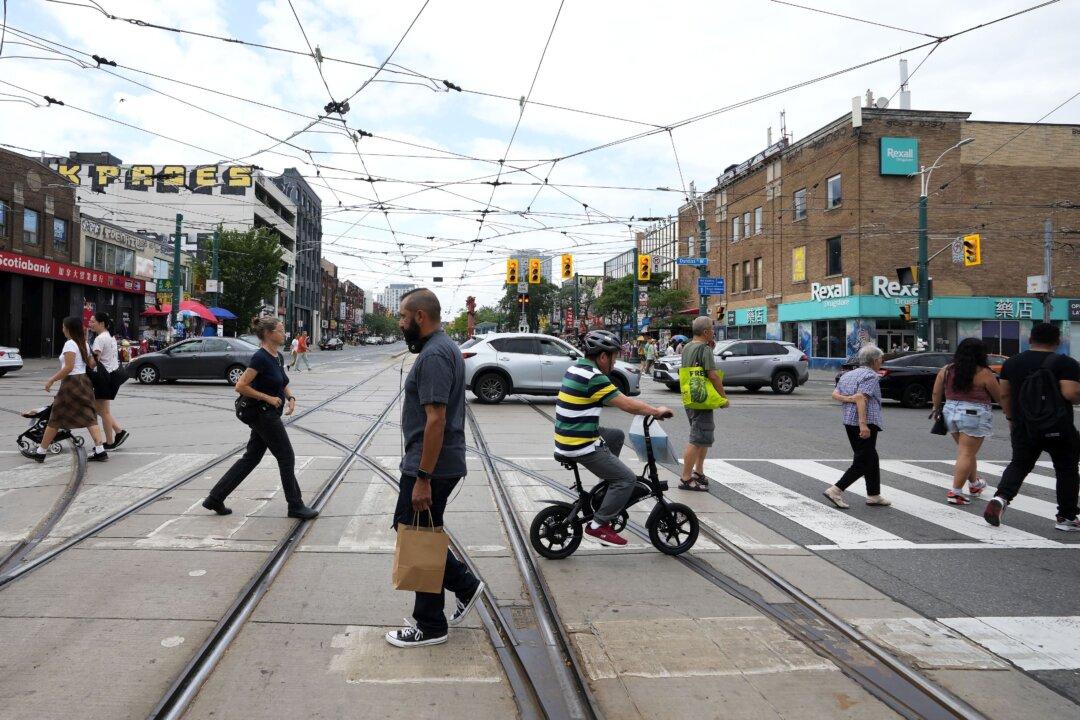The buzz is that Canada’s Prime Minister Justin Trudeau is planning massive spending increases to be announced in his Sept. 23 throne speech with the support of his new finance minister Chrystia Freeland. This, at a time when Canada’s finances are already in the red by some $350 billion with no hint of a recovery plan, further heightens concerns over when the country can return to a more stable fiscal position.
“We are asking Canadians to embark on an entirely different direction as a government,” Trudeau said on Sept. 2 in an interview with CBC.
One component that could be part of the government’s “different direction” is to broaden the social safety net through a guaranteed annual income (GAI). Experts warn, however, that these schemes risk undermining the economy by actually hindering employment, which slows economic growth and lowers tax revenues, thus worsening deficits and the national debt.
Parliamentary Budget Officer (PBO) Yves Giroux told Global News’s The West Block that Canada cannot afford deficits of over $300 billion for more than a year or two before they become unsustainable.
With large amounts of debt—Canada’s will exceed $1 trillion this year—even small increases in interest rates can be very costly and make it difficult to eliminate deficits, say Tegan Hill and Jake Fuss, economists with the Fraser Institute. Canada could be getting caught in a vicious cycle of higher interest costs on debt creating higher and more persistent deficits, which suggests unsustainability.
“This government is essentially preparing for more debt accumulation and higher interest costs, while counting on Canadians to foot the bill at some point in the future,” they wrote.
As the amount of borrowing increases, the government will likely have to pay a higher rate of interest to keep enticing investors to buy its bonds. Interest rates will also be pressured higher if inflation starts rising in the not-too-distant future.
Higher, persistent deficits eventually lead to higher taxes for all Canadians, which compels them to reduce their spending and in turn cools economic growth.
‘Unbelievably Expensive’
The introduction of the Canada Emergency Response Benefit (CERB) and its replacement, the Canada Recovery Benefit (CRB) of $400 a week for up to 26 weeks, are seen as representing steps toward a GAI.
The PBO, in July, reported that a guaranteed basic income for six months would cost between $45.8 billion and $96.4 billion depending on how much income was clawed back for every dollar of employment income earned.
“The GAI is unbelievably expensive because you’re giving it to everybody,” Carleton University business professor Ian Lee told The Epoch Times.
Even if the GAI were to supplant employment insurance, Canada Pension Plan benefits, and various non-refundable tax credits, it would still cost between $60 billion to $170 billion annually, wrote Jack Mintz, President’s Fellow at the University of Calgary’s School of Public Policy, in a recent Financial Post op-ed.
However, that cost could be higher under the Liberal government’s plan, as other benefits such as for caregivers, daycare, and changes to employment insurance have also been rumoured in the throne speech.
“I could see supporting a GAI if we fold all existing social programs and terminate them, and unemployment insurance and old age pensions, because with a guaranteed annual income, you don’t need all these plethora of support programs,” Lee said.
“A guaranteed annual income says we’re going to make sure you have a guaranteed annual income.”





